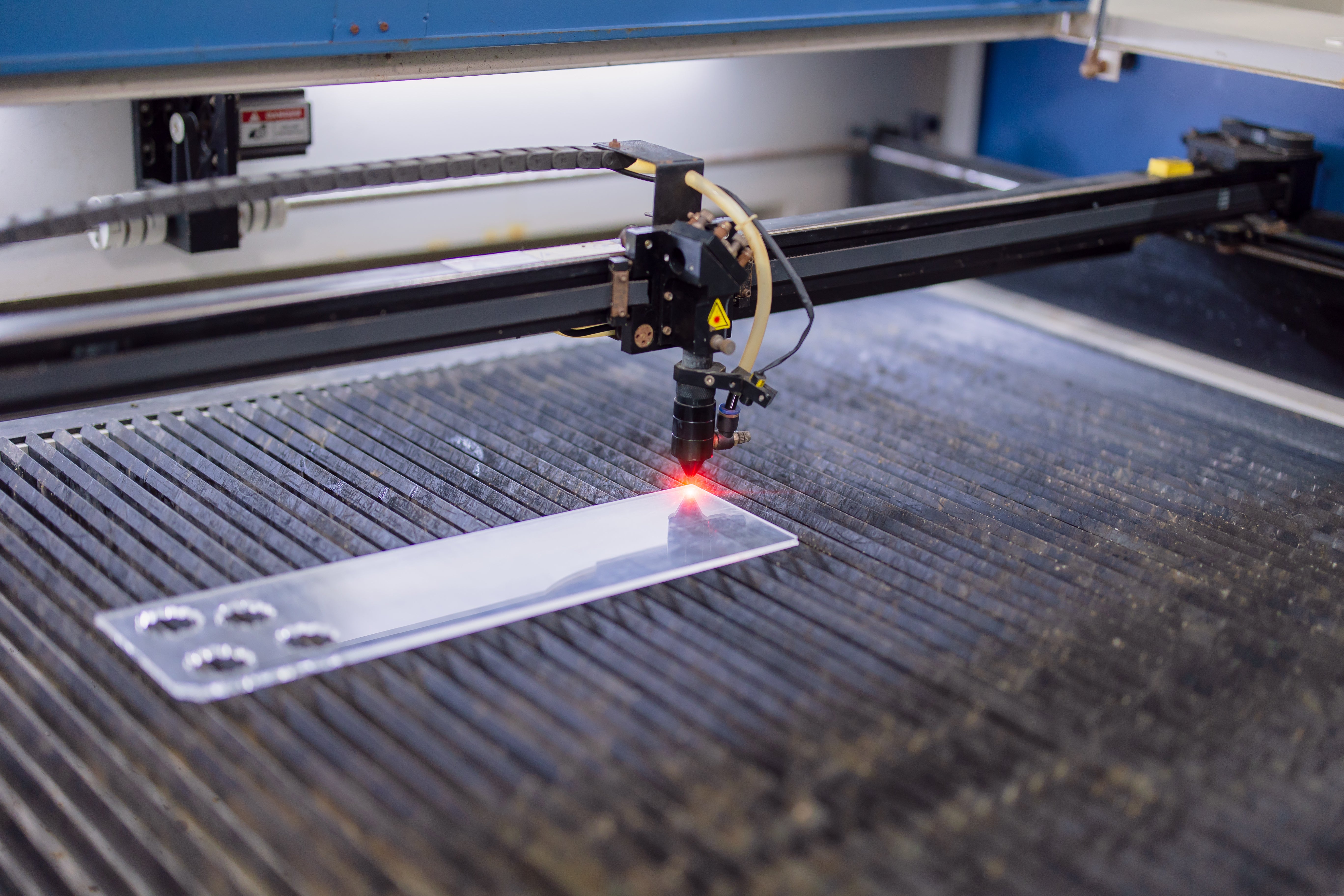Understanding Your CO2 Laser Engraver: Power Line Tests For Lasers

In the world of laser engraving and cutting, optimizing your machine's performance while preserving its longevity is crucial. One of the most important aspects of laser maintenance is understanding the relationship between the power percentages you input and the actual output of your laser tube. This is where the power line test comes into play, a simple yet effective method to map out your laser's performance curve.
The Importance of the Power Line Test
Many laser enthusiasts have heard the cautionary tale that running a laser at high power percentages (70%, 80%, 90%, or 100%) can be detrimental to the tube's lifespan. But what's the science behind this claim? The power line test helps demystify this by providing a clear correlation between the power percentages you input in software like LightBurn or RDWorks and the actual milliamps produced by your laser tube.
This test is invaluable for several reasons:
- It helps define the limitations of your tube based on manufacturer specifications.
- It allows you to optimize your laser's performance without risking damage.
- It provides insight into the actual power output at different settings.
Preparing for the Power Line Test

Before conducting the test, it's crucial to know your laser tube's specifications. Here's how to find this information:
- Identify your laser tube manufacturer and model.
- Visit the manufacturer's website and locate the specifications for your tube.
- Find the maximum operating current in milliamps (mA) for your specific tube.
For example, if you have an 80W EFR laser tube, you might find that the maximum operating current is 28mA. This number is critical as it sets the upper limit for your power line test.
Conducting the Power Line Test
To perform the test, you'll need:
- Your laser engraver
- Scrap material for engraving
- A notepad for recording results
- Access to your laser's milliamp meter

Here's the step-by-step process:
- Create a series of lines in your laser software, each representing a different power percentage from 15% to 100% in 5% increments.
- Set each line to engrave at a slow speed (e.g., 50mm/s) to allow accurate milliamp readings.
- Place scrap material in your laser bed.
- Starting with the lowest power percentage (15%), engrave each line individually.
- As each line engraves, note the milliamp reading from your laser's milliamp meter.
- Continue this process, increasing the power percentage with each line until you reach your tube's maximum operating current or 100% power, whichever comes first.
Analyzing the Results
Once you've completed the test, you'll have a chart showing the relationship between power percentages and milliamp output. This data is invaluable for understanding your laser's performance curve.

Key points to consider:
- Identify the power percentage at which you reach your tube's maximum operating current. Our topped out at 85%, meaning that anything above this power percentage would shorten the tube's lifespan.
- Note the range of usable power percentages. This typically falls between your lowest tested percentage (15%) and the percentage where you hit max current.
- Consider the manufacturer's recommended working range. This is often slightly below the maximum current for optimal tube lifespan.
- Observe the linearity of the power curve. In an ideal scenario, there should be a fairly linear relationship between power percentage and milliamp output.
Practical Application of Results
Armed with this information, you can now make informed decisions about your laser operations:
- Avoid using power settings that exceed your tube's maximum current to prevent overdriving and potential damage.
- For general operations, consider using power settings in the middle of your usable range. This balances performance with tube longevity.
- When maximum power is needed, you now know exactly what percentage to use without risking your equipment.
If you notice that higher power percentages don't significantly increase milliamp output, it may indicate that your tube is aging and might need replacement soon.
The Importance of Regular Testing
Laser tubes change over time, and their performance can degrade. To track any changes in your laser's performance curve, it's recommended that you perform this power line test periodically (every few months or after heavy use periods).
If you notice significant changes, such as reaching maximum current at much lower power percentages than before, it may be time to consider tube replacement or maintenance. For the best laser engraving results, you should generally replace your laser tubes every 12 months, though this depends on the lifespan of your laser tube. OMTech offers replacement laser tubes to keep your machines up and running efficiently!
Conclusion
The power line test is a simple yet powerful tool in the arsenal of any laser engraving enthusiast or professional. By understanding the relationship between input power and actual output, you can optimize your workflows, protect your equipment, and ensure consistent, high-quality results in your projects.
Remember, knowledge is power—especially when it comes to laser power! Regular testing and a deep understanding of your equipment will lead to better outcomes and a longer-lasting machine.

Ready to take your laser engraving to the next level? OMTech’s range of laser cutters and engravers is equipped with powerful CO2 laser tubes and user-friendly features that make power management a breeze.
Don't let uncertainty about laser power hold you back. Upgrade to an OMTech CO2 laser engraver today and experience the perfect blend of power, precision, and user control. Visit the OMTech website to learn more about our range of CO2 laser engravers and take the first step towards laser engraving mastery!







































































